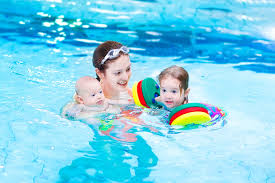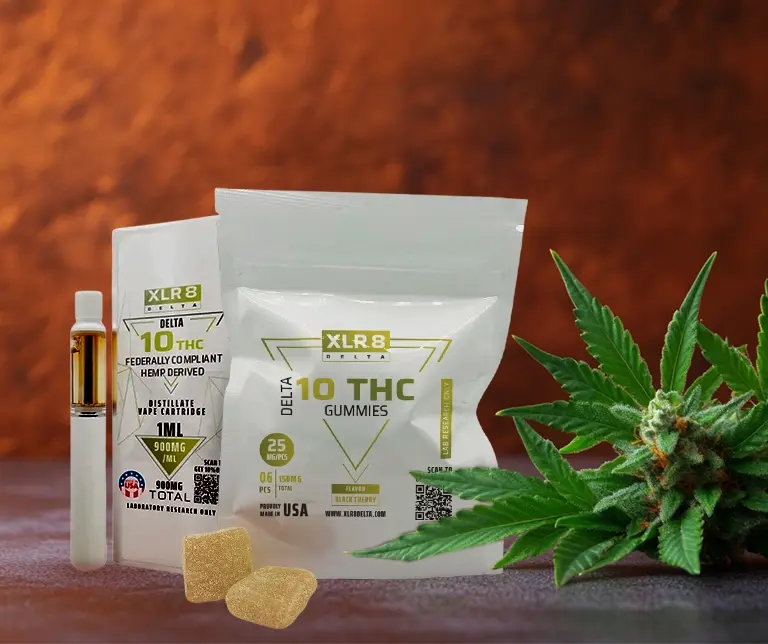Swimming is not just a life skill—it’s a vital part of a child’s development, especially when introduced early in life. Toddlers swim lessons are gaining popularity worldwide as parents recognize the importance of water safety, physical development, and early learning. If you’re a parent wondering whether swim classes are right for your toddler, this guide will help you understand the benefits, what to expect, and how to choose the right program.
Why Start Swim Lessons at the Toddler Stage?
Toddlers, typically aged 1 to 3 years, are at a stage where they are naturally curious and physically active. Introducing them to swimming at this age offers a wide range of benefits:
1. Water Safety Awareness
One of the biggest reasons to start swimming early is to help children become comfortable and safe around water. According to the World Health Organization, drowning is a leading cause of accidental death among young children. Toddlers swim lessons teach crucial water safety skills like how to float, how to hold their breath, and how to move toward the pool edge.
2. Physical Development
Swimming helps toddlers develop motor skills, coordination, strength, and flexibility. It promotes cardiovascular health and supports muscle development. Being in the water also improves balance and posture through resistance and buoyancy.
3. Boosts Confidence and Independence
Toddlers gain a sense of achievement from learning new skills. As they master floating, kicking, and paddling, their confidence grows. Group lessons also encourage social interaction and independence away from parents in a safe setting.
4. Cognitive and Emotional Benefits
Learning to swim involves following instructions and responding to cues, which boosts cognitive development. The sensory experience of water, combined with structured lessons, helps toddlers manage emotions, reduces anxiety, and improves focus.
What Happens During Toddlers Swim Lessons?
Toddler swimming classes are typically designed to be age-appropriate, focusing more on comfort and fun than on strict technique. Here’s what a typical lesson might include:
-
Warm-up Activities: Singing songs or playing simple games to create a relaxed environment.
-
Basic Water Skills: Learning to blow bubbles, kick legs, float on their back with support, and submerge gently.
-
Safety Skills: Finding the pool edge, holding on, and practicing safe entry and exit techniques.
-
Parent Participation: Most toddler lessons involve parents or caregivers in the water to help support and bond with the child.
-
Repetition and Play: Lessons often repeat key movements through play-based learning, helping toddlers retain skills.
Lessons usually last between 20 to 30 minutes, keeping in mind toddlers’ shorter attention spans and physical limits.
When Is the Best Time to Start?
Most swim schools recommend starting toddlers swim lessons as early as 12 months, but it depends on your child’s readiness and comfort level. Signs your toddler may be ready include:
-
Comfort in the water during bath time
-
Enjoying splashing and play
-
Following simple instructions
-
Separation comfort when working with an instructor
Always consult your pediatrician if your child has health concerns before starting any swimming program.
How to Choose the Right Toddler Swim Program
With many swim schools offering toddler programs, here are a few things to consider:
1. Certified Instructors
Ensure that instructors are certified in infant/toddler swim instruction and trained in CPR and first aid.
2. Safe and Clean Facilities
Look for a clean, temperature-controlled indoor pool with shallow areas and non-slip surfaces. Indoor pools also allow year-round lessons.
3. Small Class Sizes
Toddlers require more attention, so smaller class sizes ensure your child gets more hands-on guidance and a safer experience.
4. Parent Involvement
For toddlers under age 3, parent-and-child classes are ideal. They promote bonding and help ease the child into a new environment.
5. Age-Appropriate Curriculum
Ask about the lesson structure. The best programs focus on comfort, play, safety, and foundational skills—not intense swim drills.
Tips for Parents Attending Toddler Swim Lessons
-
Be Patient: Every child learns at their own pace. Celebrate small victories.
-
Arrive Early: Allow time to change, acclimate to the environment, and avoid feeling rushed.
-
Bring the Essentials: Swim diapers, towel, snacks, dry clothes, and a favorite toy for comfort.
-
Stay Positive: Encourage your child with smiles, claps, and gentle praise. Avoid pushing them too hard.
-
Practice at Home: Play water games during bath time to reinforce lessons.
Common Concerns About Toddlers Swim Lessons
Is Chlorine Safe for Toddlers?
Most swim schools maintain safe chlorine levels and proper pool ventilation. If your child has sensitive skin, rinse them off thoroughly after class and apply moisturizer.
What if My Toddler Cries?
Crying is common, especially in the first few classes. Stay calm, reassure your child, and give them time to adjust. Most children become more comfortable with regular exposure.
Can Toddlers Really Learn to Swim?
While toddlers won’t be Olympic-level swimmers, they can develop essential survival and water adjustment skills that build the foundation for swimming proficiency as they grow.
Final Thoughts
Toddlers swim lessons are one of the best early investments in your child’s health, safety, and development. Beyond just water safety, these lessons help shape confident, active children with a lifelong love for swimming. Whether you’re looking to help your toddler overcome fear of water or just want to introduce them to a healthy, enjoyable activity, swim classes offer fun-filled learning in a supportive environment.
Ready to take the plunge? Find a trusted local swim school and get started on your toddler’s swimming journey today!








